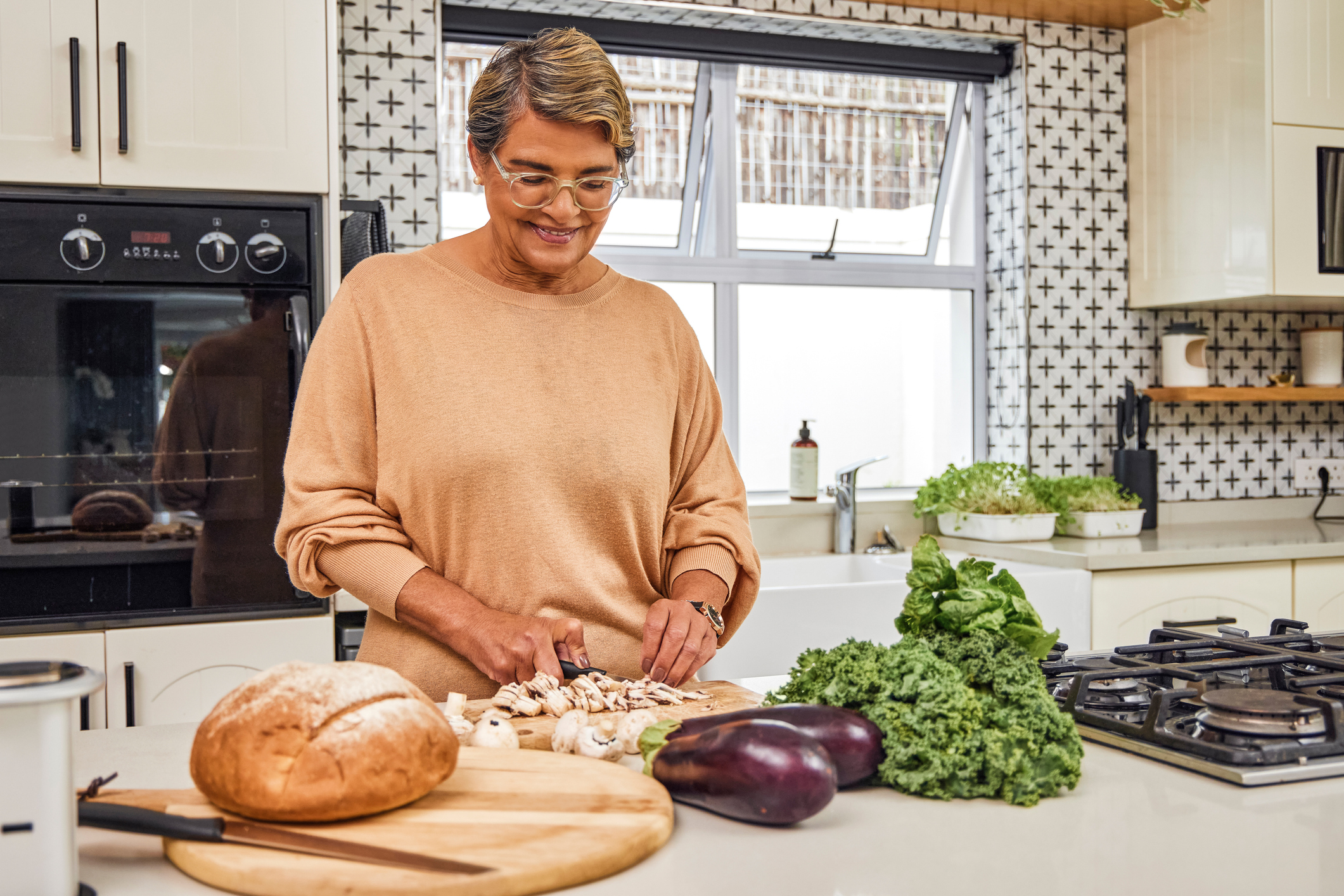Get Easy Health Digest™ in your inbox and don’t miss a thing when you subscribe today. Plus, get the free bonus report, Mother Nature’s Tips, Tricks and Remedies for Cholesterol, Blood Pressure & Blood Sugar as my way of saying welcome to the community!
What color is your paleo diet?

You probably don’t consciously think about color when you plan which foods you’ll eat for your meals and snacks. But you should – it could be making an important difference in your health.
I’m not just talking about the need to eat a wide variety of colorful fruits and vegetables if you want to improve your health and nutrition. Although that’s important: Every fruit or vegetable you consume contains valuable natural compounds that endow it with its individual hue. And those pigments make essential contributions to the body’s ability to fight off illness.
I’m talking about the influence color and packaging makes to your food purchases at the supermarket. Even the plates and cutlery at your favorite restaurant can subvert your choices of what to eat.
Mouth-watering cartoons
I started thinking about some of these ideas last week when I was jogging at lunchtime through my local neighborhood. It was recycling pickup day and as I plodded along, I noted the kind of brightly colored, cartoon-covered food packaging various people had in their recycling bins. I contrasted that with the rather plain bottles and cardboard that was in my bin.
And it occurred to me that perhaps part of the benefit of eating a paleo diet, and cooking most meals from scratch, is that avoiding processed food insulates you from the persuasive marketing pitches concocted by the big food companies.
You can bet your last M&M that the food companies employ a bevy of researchers running focus groups, surveys and test marketing projects that are trying to figure out the best way to make you buy and eat foods that are high-profit/low nutrition.
Studies by Brian Wansink, who is now at Cornell, show how all kinds of hidden cues that you might never suspect shape what we eat and how much we eat.
The colorful art of over-consumption
In one study, Wansink compared how shifting the varieties of colors in junk food changed what people ate.
“People eat with their eyes, and their eyes trick their stomachs,” Wansink says. “If we think there’s more variety in a candy dish or on a buffet table, we will eat more. The more colors we see, the more we eat.”
In one test, Wansink found that if people are offered jellybeans that come in six different colors and flavors, they eat about 70 percent more when the colors are mixed together in a single bowl than they consume when the colors are all distributed in separate bowls.
And the more different colors, the more food gets swallowed. In another test, Wansink showed that if folks are offered 10 different colors of M&Ms, they eat 43 percent more of the candy than when they are offered seven different colors.
“Many of us are reasonably diligent about what we eat, but we don’t put that much thought into how much we eat,” Wansink says. “If we ate 100 fewer calories a day, instead of gaining 10 pounds at the end of a year, maybe we’d lose 10 pounds. Small factors, like the type of candy bowl in your office, might add five more Hershey’s Kisses a day to your diet.”
Knives and forks
Wansink has also studied how our plates and cutlery influence our eating habits. He’s found that eating in high contrast – having food with red sauce on a white plate or an entree with white sauce on a red plate – leads us to eat less, about 20 percent less food than when we eat low contrast (like white sauce on a white plate or red sauce on a dark plate).
The same research shows that larger plates also lead us to eat more food than we would consume from smaller plates.
Thinking about this, it’s obvious that there are other hidden persuaders lurking in supermarket aisles and fast food restaurants ready to lure the unwary (and even the wary!) into making poor food choices and eating too much.
It’s a problem that is only bound to get worse as food labs get access to machines that can scan people’s brains to measure the effects on neurons of different marketing messages and packaging designs.
And that’s a good reason to stick to the basic food of the paleo diet. Let your body make the metabolic choice of how much to eat with less input from food advertisers. You’ll be healthier even if their profits shrink a bit.












